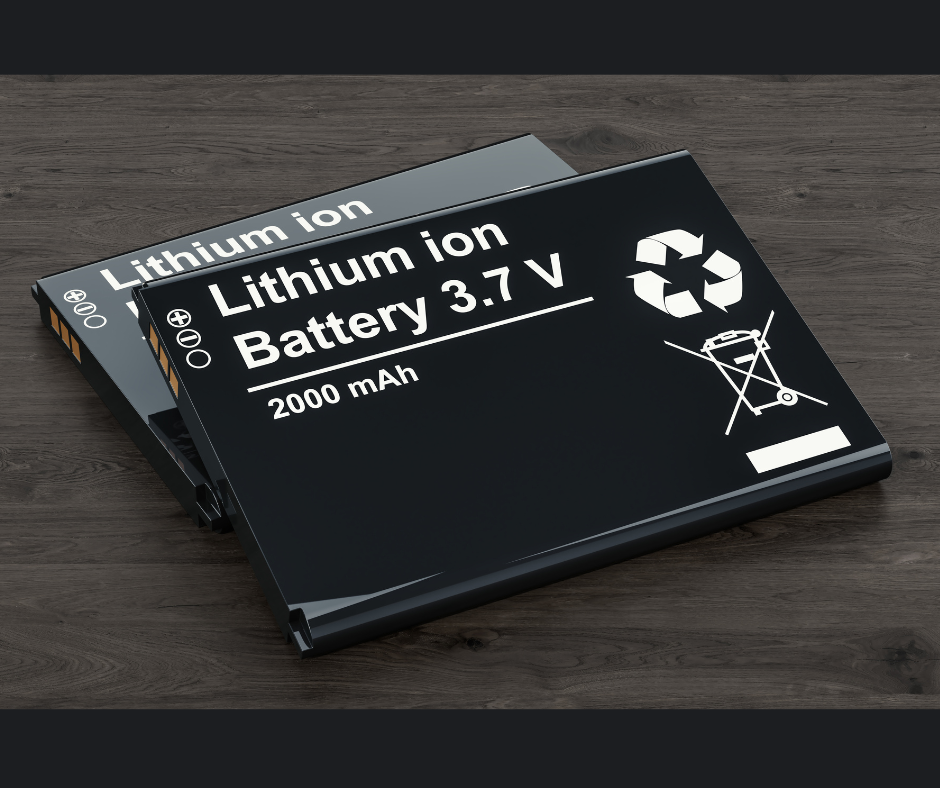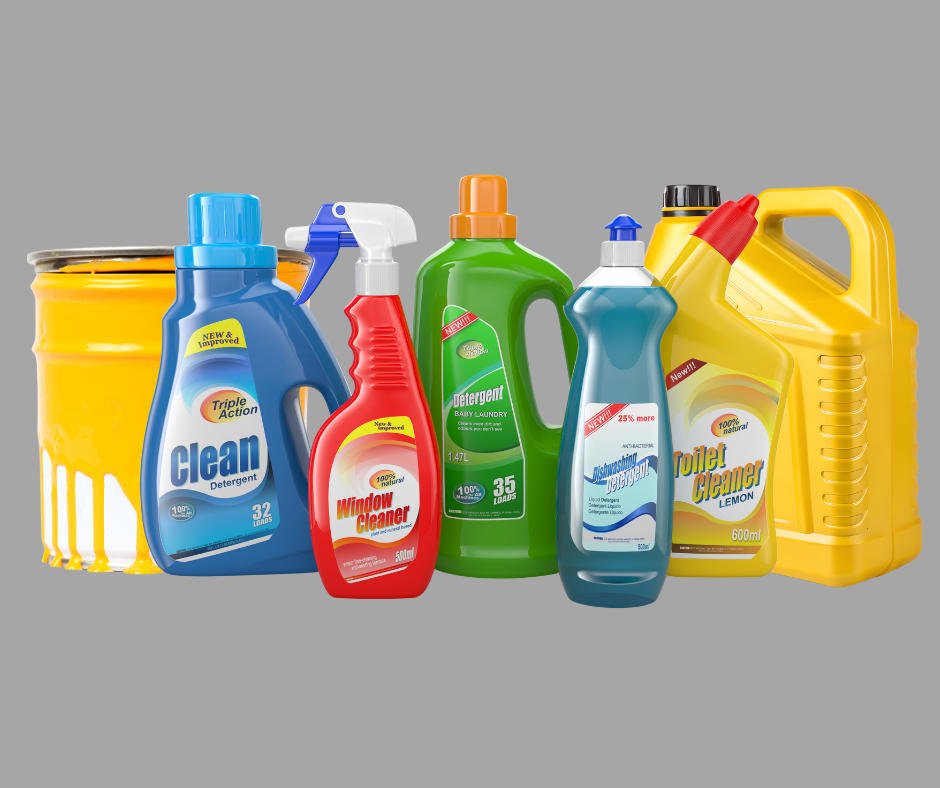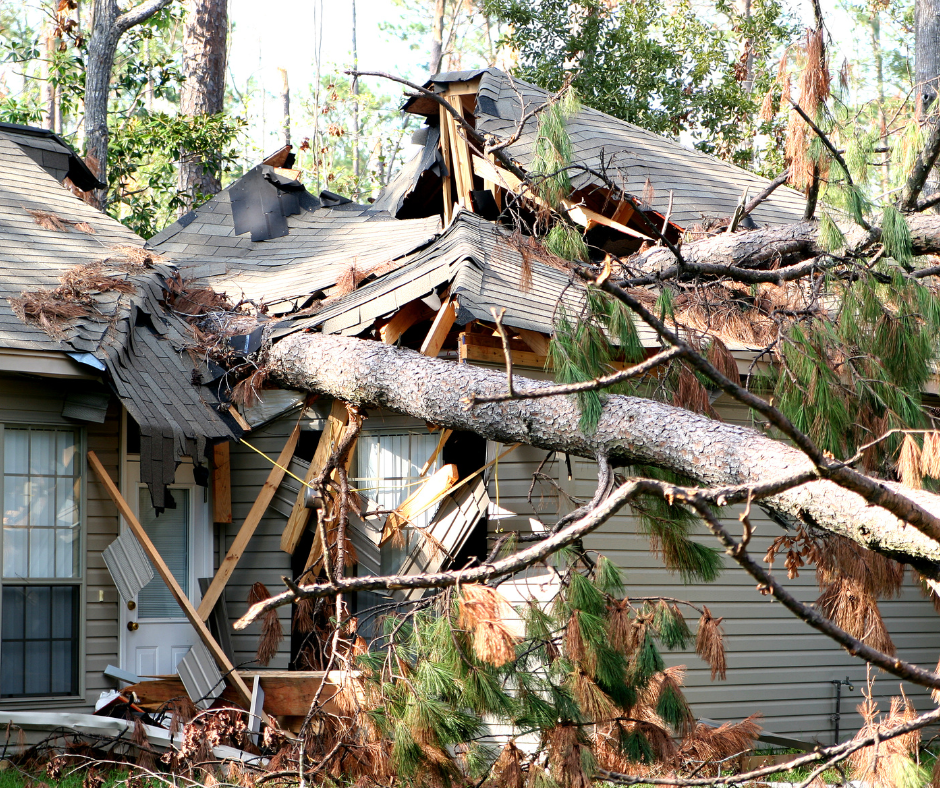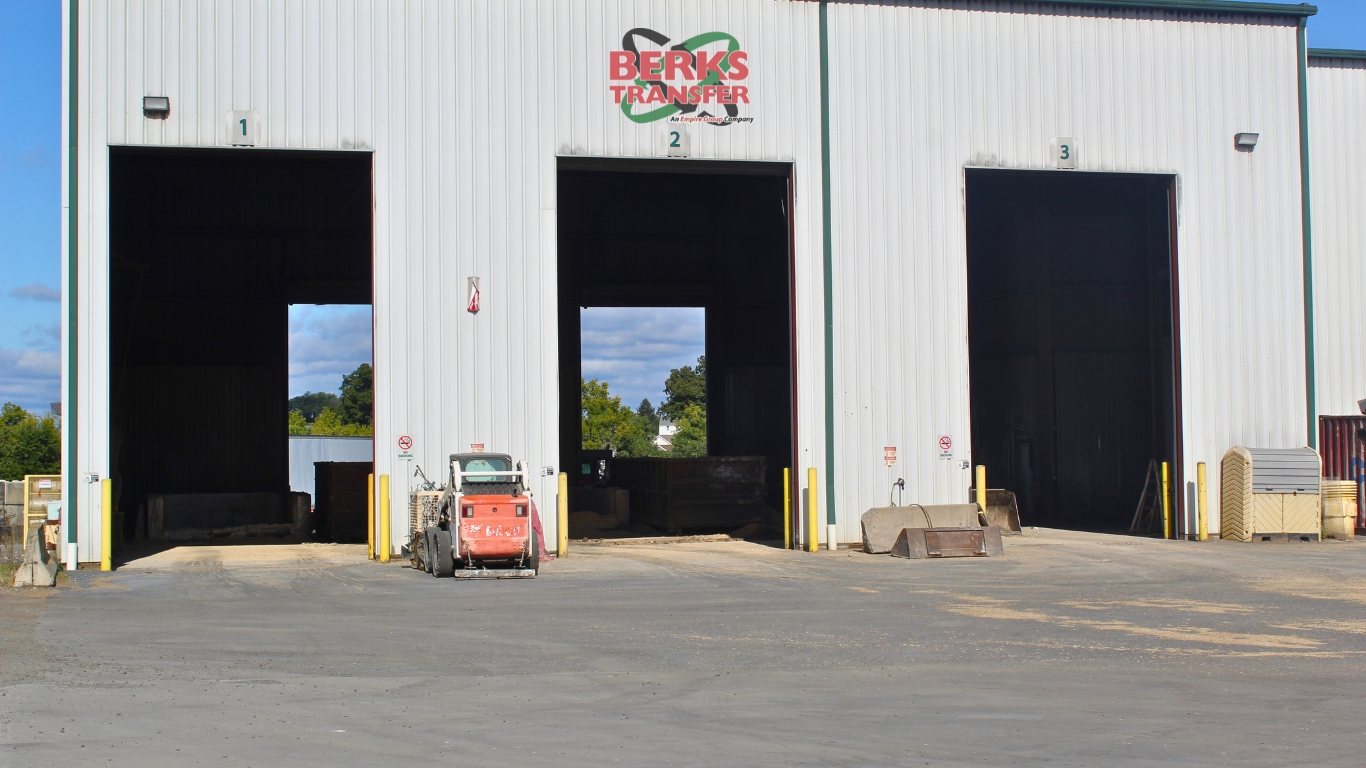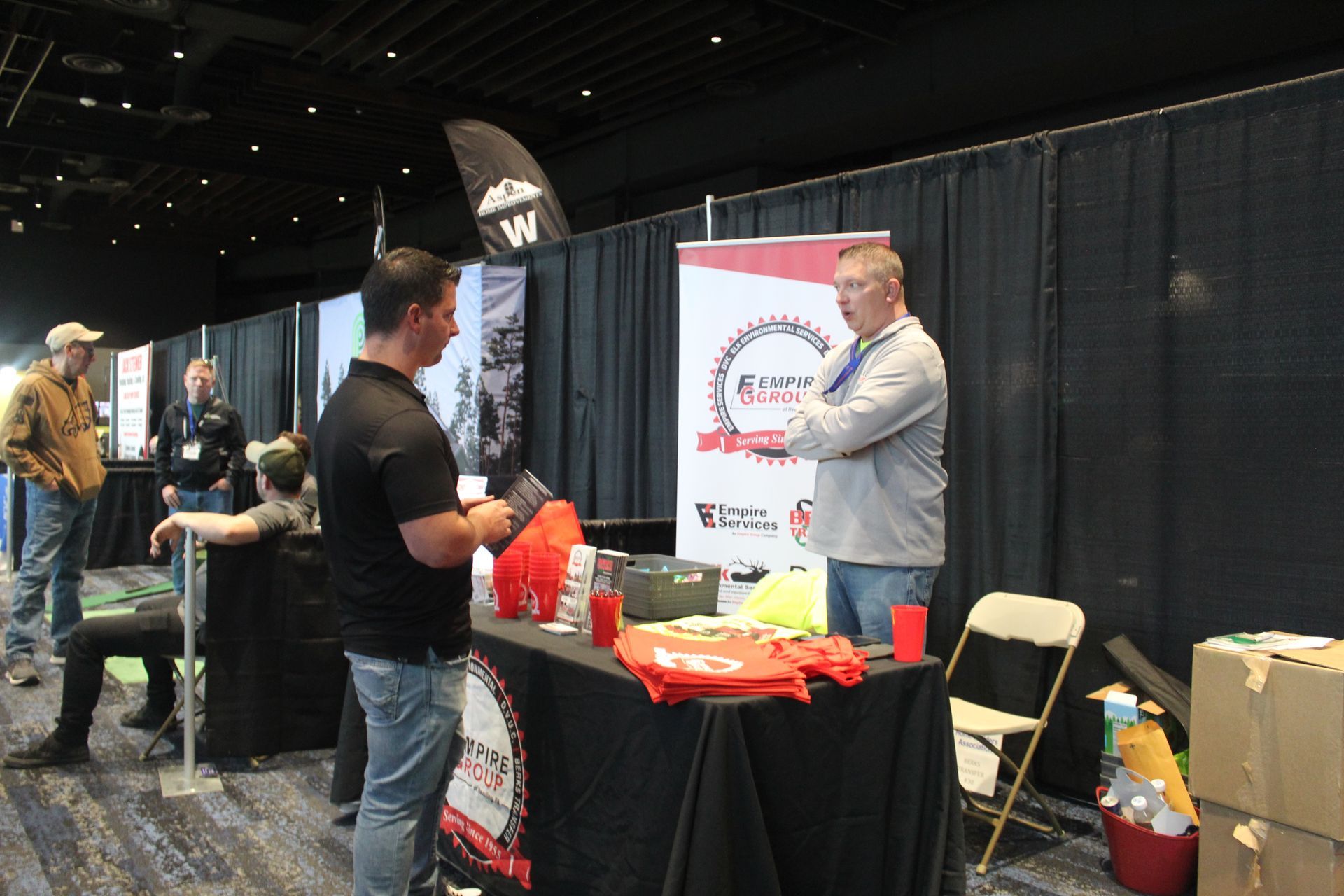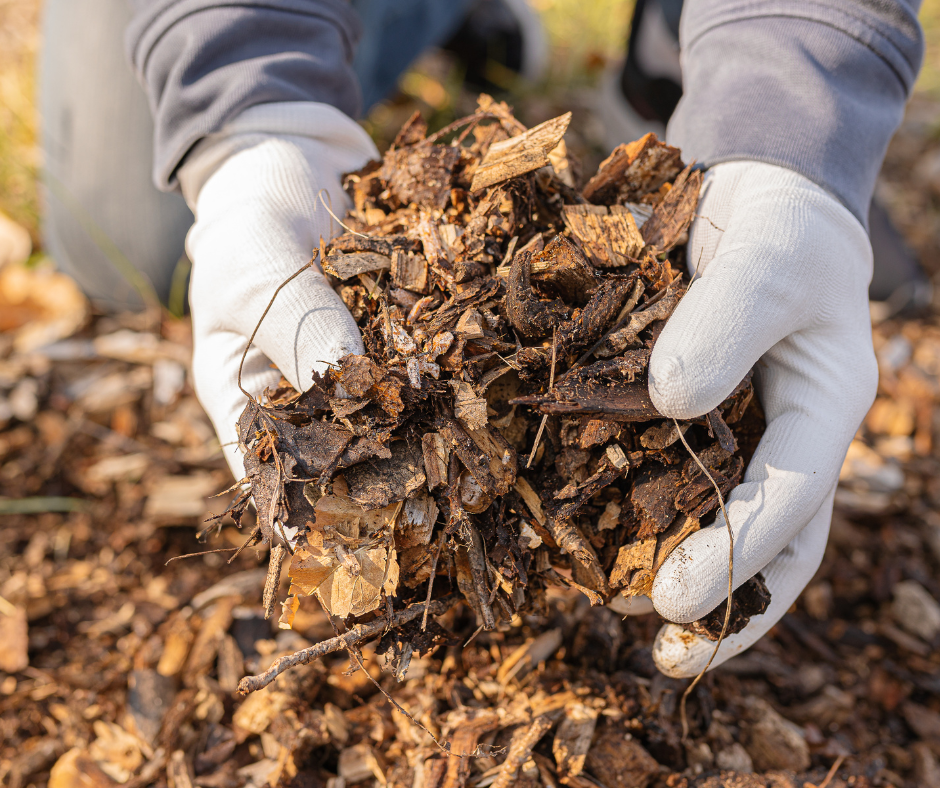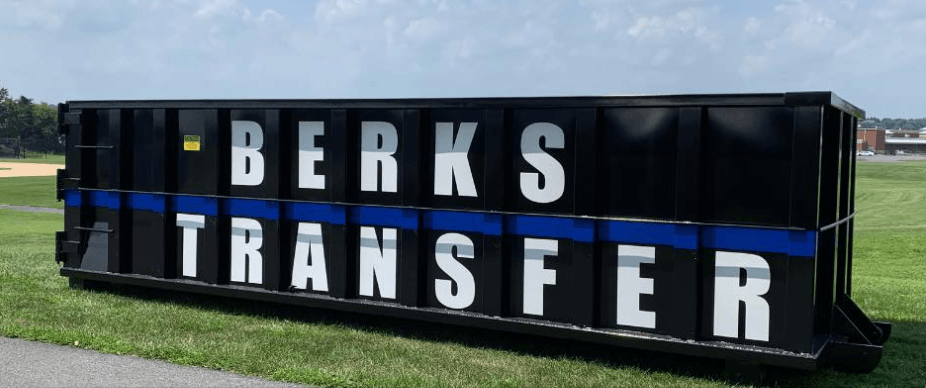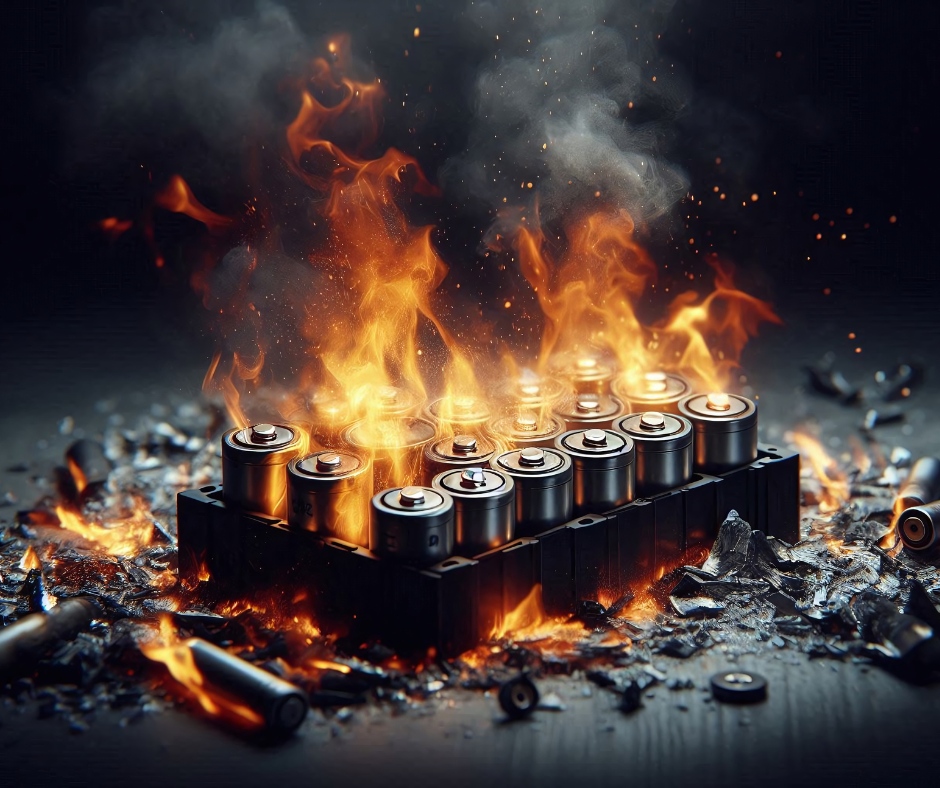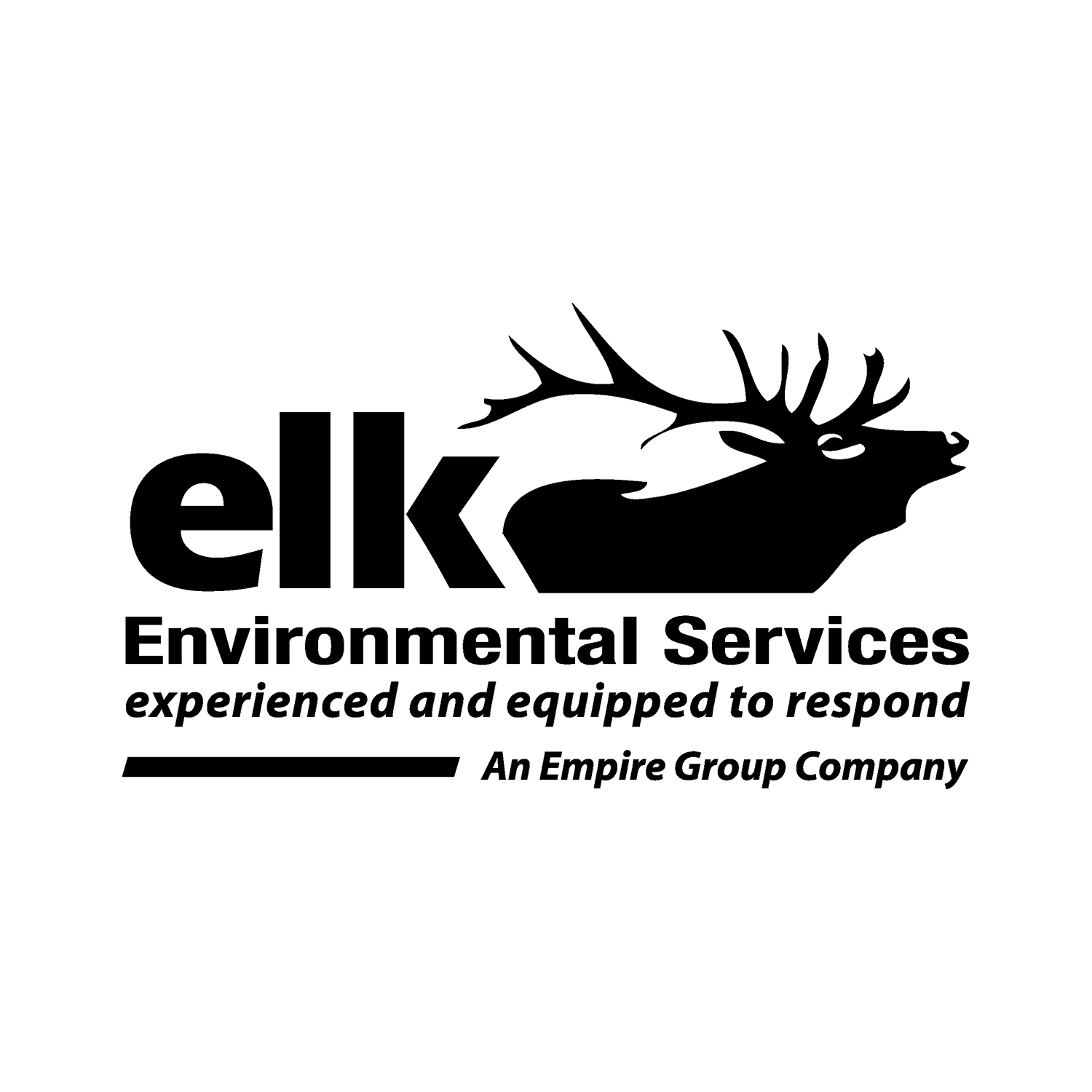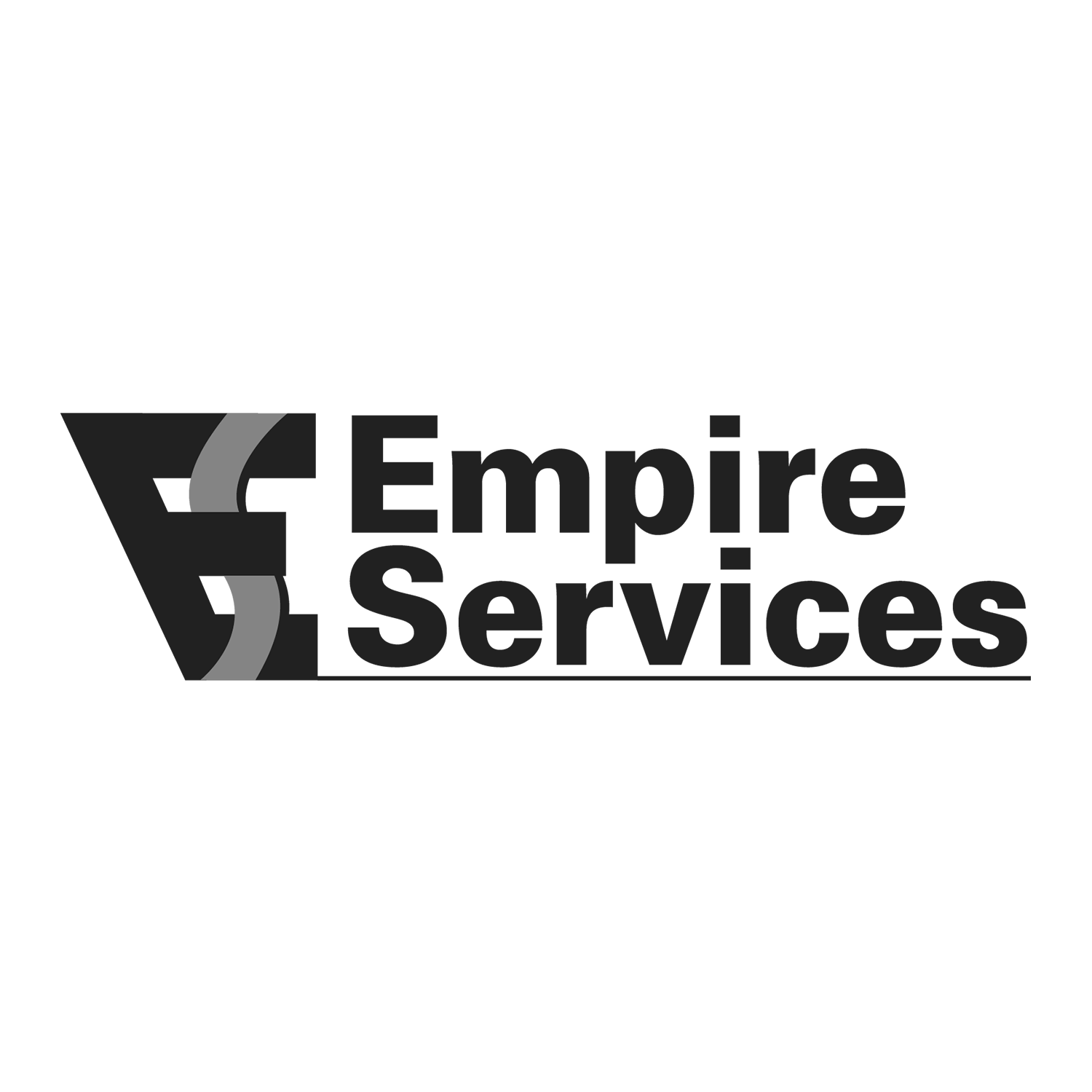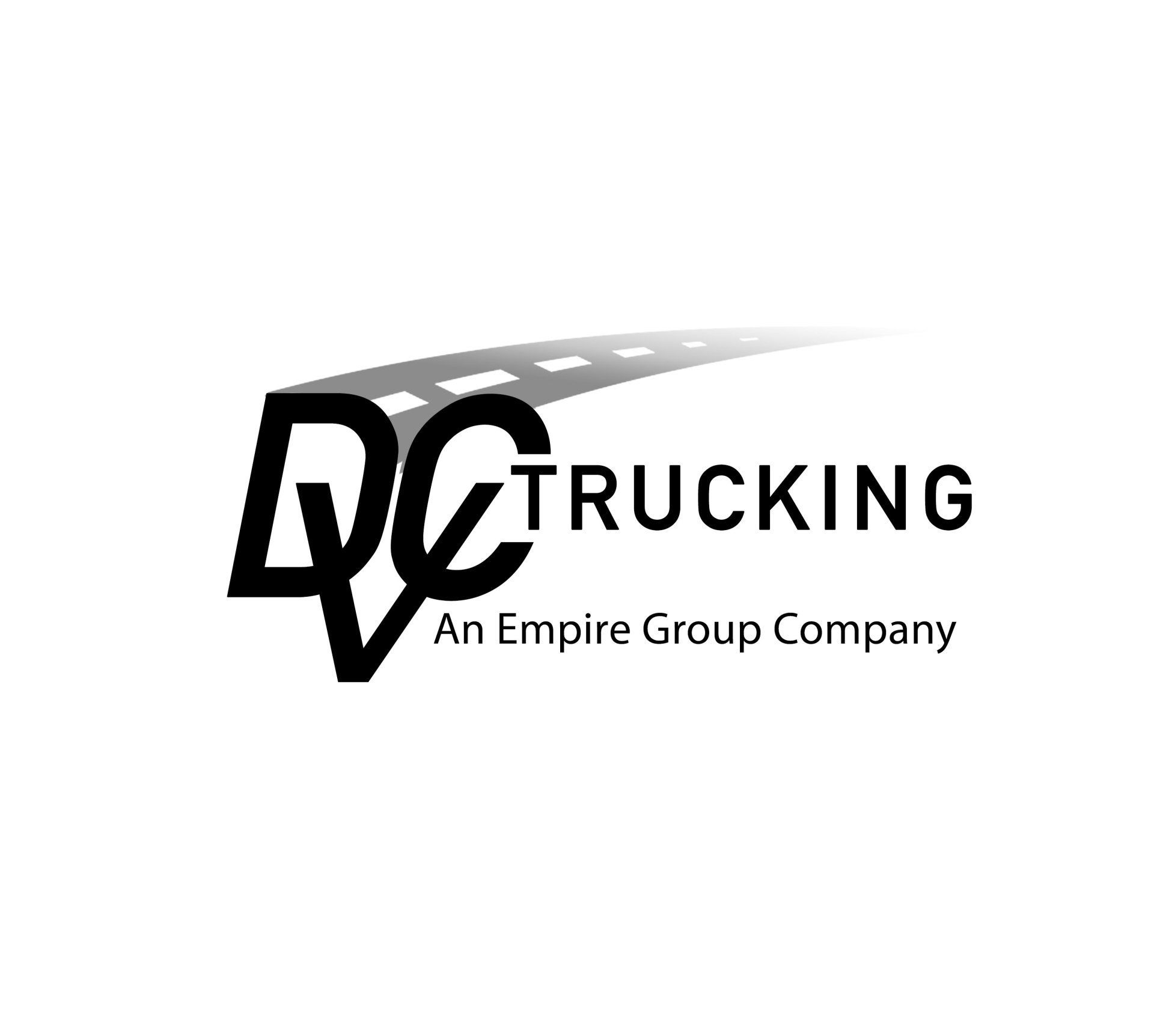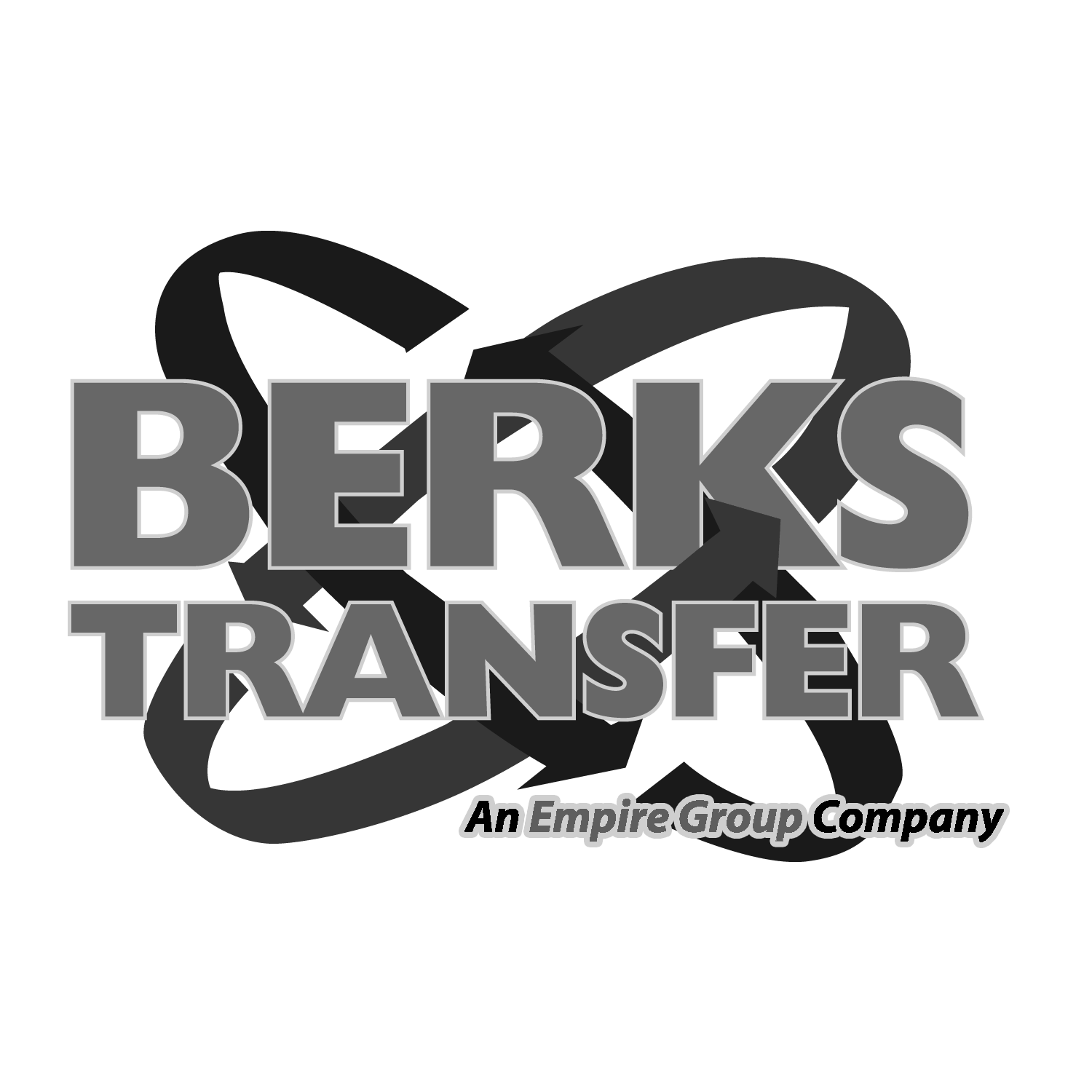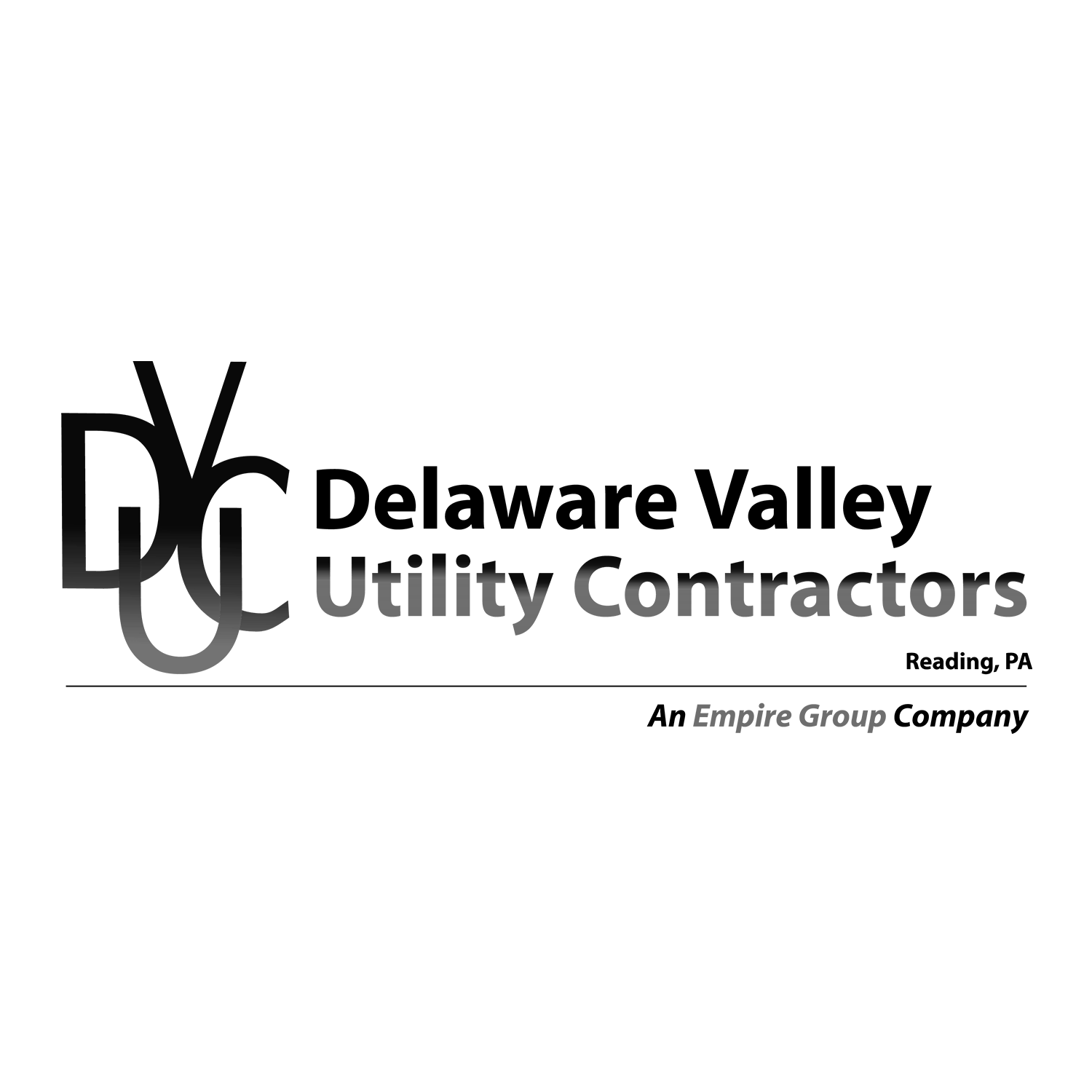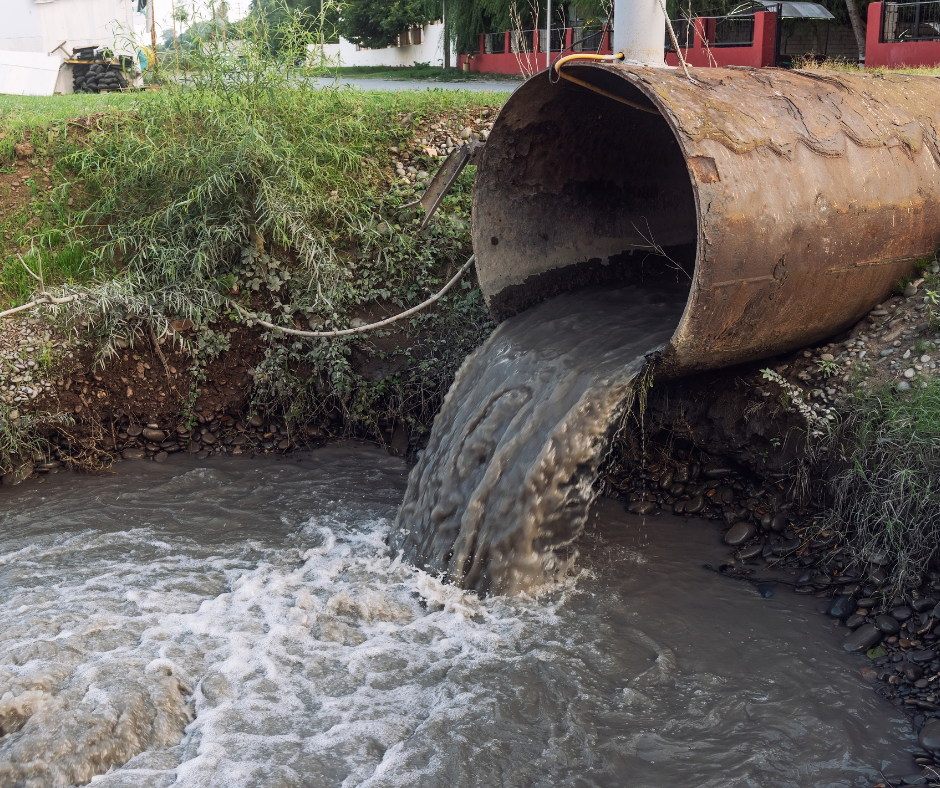
When we think about pollution, most of us picture overflowing landfills. But there’s another, often invisible threat lingering in communities across the country: legacy pollution. These are contaminants left behind from past industrial practices—long before environmental regulations were in place. And while we can’t undo history, we can take action to prevent new risks and protect our environment moving forward.
At Berks Transfer, we’re committed to doing our part. As a trusted waste transfer station serving Reading and the surrounding region, our mission is to help residents and businesses manage materials responsibly—without accepting hazardous waste, which should always be handled by certified specialists.
Let’s take a look at what legacy pollution means and how proper waste disposal makes a real difference.
What Is Legacy Pollution?
Legacy pollution stems from contaminants left behind by past industrial, agricultural, or commercial activities. These pollutants seeped into soil, groundwater, and local ecosystems long before environmental protections existed.
Common sources include:
- Former manufacturing sites
- Old waste dumps or burn pits
- Abandoned factories
- Mines and quarries
- Fuel or chemical storage areas
Because these pollutants can remain in the environment for decades (or longer), they continue to pose risks to public health, natural habitats, and nearby communities.
Why Legacy Pollution Still Matters Today
Even though much of this contamination happened years ago, its effects are still felt today.
Environmental Risks
Toxins embedded in soil or groundwater can disrupt ecosystems, harm wildlife, and alter the natural environment.
Community Health Concerns
Some legacy pollutants (e.g., PFAS) can become airborne or migrate into water sources.
Economic Impacts
Cleanup efforts often require extensive resources, and contaminated land can’t be used safely until remediation is complete.
This is why modern waste-handling practices are critical. Preventing today’s waste from becoming tomorrow’s legacy pollution is a responsibility shared by every community.
How Berks Transfer Helps Prevent New Pollution
Although we do not accept hazardous waste, Berks Transfer plays a key role in keeping the region safe and clean by ensuring proper handling, sorting, and transport of non-hazardous waste.
Here’s how:
✅ Responsible Waste Management
Every load we receive is processed with care to prevent materials from entering the environment where they don’t belong.
✅ Keeping Hazardous Waste Out of the System
By clearly prohibiting hazardous materials, we help protect workers, equipment, and the environment. This also ensures that dangerous items are routed to specialized facilities designed to handle them safely.
✅ Supporting a Cleaner, More Sustainable Community
Proper waste handling today means fewer risks tomorrow. We help residents and contractors reduce the chances of future contamination by providing a safe, accessible place to dispose of everyday non-hazardous materials.
What You Can Do to Prevent Future Pollution
Reducing tomorrow’s environmental risks starts with smart choices today. Here’s how individuals, contractors, and businesses can contribute:
- Know the difference between hazardous and non-hazardous waste.
When in doubt, ask before you load. - Dispose of materials properly.
Bring acceptable, non-hazardous waste to Berks Transfer. For hazardous materials, contact a licensed hazardous waste facility or your local municipality. - Avoid illegal dumping.
Waste abandoned in wooded areas, fields, or waterways creates new sources of pollution. - Stay informed.
Environmental regulations and disposal guidelines evolve—keeping up matters.
A Cleaner Future Starts with Responsible Waste Handling
Legacy pollution reminds us that past actions can have long-lasting effects. But it also highlights an important opportunity: we can prevent the same mistakes from happening again.
Berks Transfer is proud to support our community with safe, reliable disposal services for non-hazardous waste. Together, we can build a cleaner, healthier future—one load at a time.

